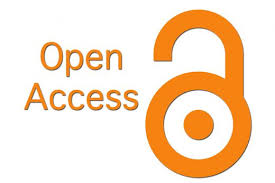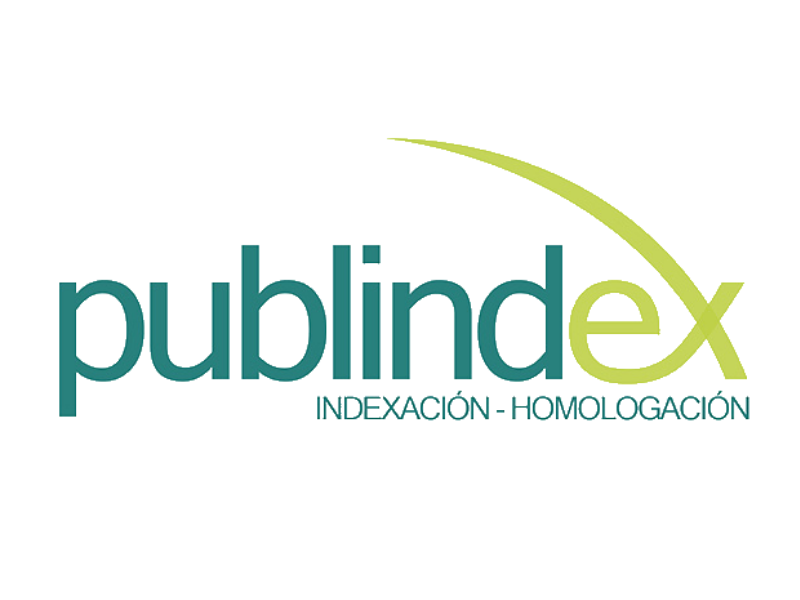Medical staff adherence to thromboprophylaxis for preventing thromboembolic disease in pregnancy and gynecological surgery
Adherencia del personal médico a la tromboprofilaxis para la prevención de enfermedad tromboembólica en la gestante y en cirugía ginecológica
![]()
![]()

Show authors biography
Introduction: venous thromboembolism is one of the most serious and potentially fatal complications associated with pregnancy, childbirth, and gynecological surgery. Objective: to evaluate medical staff adherence to thromboprophylaxis guidelines in pregnancy and gynecological surgery settings, at Hospital Universitario San José in Popayán, during 2021. Methodology: a descriptive cross-sectional study in 2021, including pregnant, postpartum period, and gynecological surgery patients, selected by inclusion and exclusion criteria. Material and methods: the FECOLSOG and Caprini scales were applied to classify thrombotic events risk, in-hospital adherence, and out-patient prescription in terms of time and dose. Descriptive epidemiology was used for assessing adherence, with a 95% confidence interval. Results and discussion: 807 obstetric patients and 114 gynecological surgery patients were included. Moderate risk was determined in 42.6 % of pregnancy and postpartum period cases, and 64% of gynecological surgery cases were classified as high-risk. In-hospital adherence to thromboprophylaxis in pregnancy and postpartum period was 92% (95% CI: 90-94%) in terms of time and 82% (95% CI: 90-94%) in terms of dose, with 66.7% classified as low-risk in terms of dose. Out-patient prescription for very high-risk patients was 57.1% and 42,9% in terms of dosage and time, respectively. Outpatient adherence to thromboprophylaxis in gynecological surgery patients in terms of dose and duration was 53% (95% CI: 43% - 62%), while in terms of dose it was 32.9% for patients at high risk for thrombosis. Conclusion: the adherence to inpatient thromboprophylaxis was high in terms of both duration and dosage, but outpatient prescription was low, especially for high and very high-risk patients.
Article visits 225 | PDF visits 22
Downloads
- Cantrell LE, Garcia C, Maitland HS, et al. The prevention and management of thrombosis in obstetrics and gynecology. Thrombosis and thromboprophylaxis in gynecology surgery. Clin Obstet Gynecol. 2018;61(2):269-277. doi: http://dx.doi.org/10.1097/GRF.0000000000000355
- Souza JP, Day LT, Rezende-Gomes AC, Zhang J, Mori R, Baguiya A, et al. A global analysis of the determinants of maternal health and transitions in maternal mortality. Lancet Glob Health. 2024;12(2):e306–16. http://dx.doi.org/10.1016/s2214-109x(23)00468-0
- Boletín Epidemiológico Semanal. Comportamiento de la morbilidad materna extrema en Colombia, a periodo epidemiológico VII de 2023 [Internet]. Bogotá: Instituto Nacional de Salud (Colombia); 2023 [citado 2023 Mayo 28]. Disponible en: https://www.ins.gov.co/buscador-eventos/BoletinEpidemiologico/2023_Boleti%CC%81n_epidemiologico_semana_30.pdf
- Bruno AM, Sandoval GJ, Hughes BL, Grobman WA, Saade GR, Manuck TA, et al. Postpartum pharmacologic thromboprophylaxis and complications in a US cohort. Am J Obstet Gynecol. 2024;231(1):128.e1-128.e11. http://dx.doi.org/10.1016/j.ajog.2023.11.013
- Anderson DR, Morgano GP, Bennett C, Dentali F, Francis CW, Garcia DA, et al. American Society of Hematology 2019. Guidelines for management of venous thromboembolism: Prevention of venous thromboembolism in surgical hospitalized patients. Blood Adv. 2019;3(23):3898-944. https://doi.org/10.1182/bloodadvances.2019000975
- Catella J, Rivoire E, Abejiou I, Quiquandon S, Desmurs-Clavel H, Dargaud Y. Age is a risk factor for poor knowledge about venous thromboembolism treatment. Clin Appl Thromb Hemost. 2024;30: 10760296241276527. http://dx.doi.org/10.1177/10760296241276527
- Kayikci U, Fadiloglu E, Cigdem Bayrak A, Alptug Kir E, Esat Temiz B, Deren O. Guideline-based venous thromboprophylaxis in postpartum women: An in-depth evaluation of ACOG and RCOG recommendations and real-life implementation. Eur J Obstet Gynecol Reprod Biol. 2024;299:272–7. http://dx.doi.org/10.1016/j.ejogrb.2024.06.027
- Guía de práctica clínica para la prevención de eventos tromboembólicos venosos durante la gestación, el parto o el puerperio. Rev Colomb Obstet Ginecol. 2017;68(4):285-304. http://dx.doi.org/10.18597/rcog.3084
- Grupo de Desarrollo de Guías y Documentos de Consenso (GDDC). Consenso de tromboprofilaxis en cirugía ginecológica. Rev Colomb Obstet Ginecol. 2021;72(1):53-68. https://doi.org/10.18597/rcog.3666
- Mattar G, Al Sahafi N, Al Hazmi L, Al Hazmi N, Abozeid HE, Sultan I. Evaluation of risk stratification and adherence to venous thromboembolism prophylaxis among hospitalized obstetric women: Retrospective case file review at East Jeddah Hospital during 2018-2019. Ann Thorac Med. 2022;17(2):94-101. https://doi.org/10.4103/atm.atm_79_21
- Mérola V, Pizzarossa AC, López M, Peverelli F, Bruno G, González M, et al. Venous thromboembolism risk and adherence to pharmacological thromboprophylaxis in hospitalized patients in Uruguay: first nationwide study. Clin Appl Thromb Hemost. 2024;30:10760296241256368. https://doi.org/10.1177/10760296241256368
- Federspiel JJ, Wein LE, Addae-Konadu KL, Darwin KC, Talamo LE, Myers ER, et al. Venous thromboembolism incidence among patients recommended for pharmacologic thromboembolism prophylaxis after cesarean delivery in selected guidelines. J Thromb Haemost. 2021;19(3):830–8. https://doi.org/10.1111/jth.15218
- Grille S, Maggiari L, Morales I, Ojeda J, Pérez B, Pérez I, Ribero V, Guillermo C. Adherencia a las recomendaciones de tromboprofilaxis post-cesárea: estudio de corte transversal. Revista Méd Chile. 2021;149(6):881-887. https://doi.org/10.4067/s0034-98872021000600881
- Crowley MP, Noone C, Higgins JR, O'Shea SO. A multicentre study of thromboprophylaxis in pregnancy. Ir Med J. 2017;110(5):567.
- Zaher GF. Underutilization of pharmacological thromboprophylaxis in obstetrics and gynaecology patients in the absence of a risk assessment tool. J Taibah Univ Med Sci. 2017;13(1):10-15. https://doi.org/10.1016/j.jtumed.2017.08.001
- Choy KR, Emmett S, Wong A. Venous thromboembolism prophylaxis in pregnancy: Are we adequately identifying and managing risks? Aust N Z J Obstet Gynaecol. 2022;62(6):915–20. http://dx.doi.org/10.1111/ajo.13579
- Silva-Herrera JL, Duque-Giraldo MA, Torres-Chaparro C, Sanín-Blair JE, Niño-Peña ML, Higuita-Rendón AM. Profilaxis tromboembólica en pacientes posparto. Estudio de corte transversal en tres instituciones en Colombia. Rev Colomb Obstet Ginecol. 2016;67(1):20-25. https://doi.org/10.18597/rcog.364
- Yu HT, Dylan ML, Lin J, Dubois RW. Hospitals' compliance with prophylaxis guidelines for venous thromboembolism. Am J Health Syst Pharm. 2007;64(1):69-76. https://doi.org/10.2146/ajhp06011











